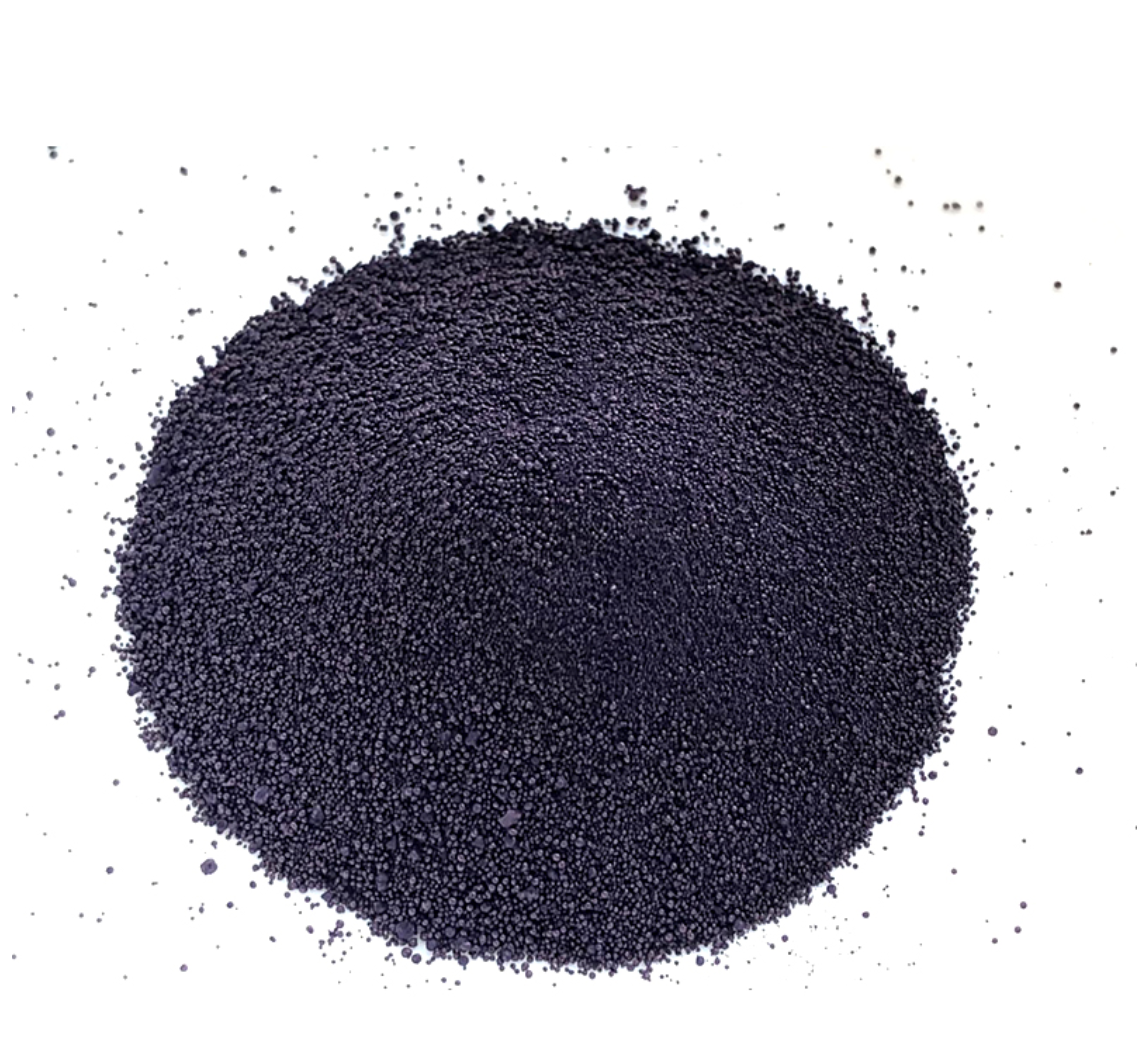light indigo color company


The process’s allure lies in its authenticity and environmental consciousness. Unlike modern chemical dyes that are often pollutive, natural indigo dye-making remains a paragon of sustainability, using organic materials and leaving no environmental footprint. This facet of trustworthiness makes it not only a relic of the past but also a beacon for future sustainable practices, advocating for a return to traditional methods in response to growing ecological concerns. Products dyed with Chinese indigo, be they textiles or garments, carry an inherent mark of quality and dedication. Their crafting process is a testament to the trust imbued in skilled artisans who have honed their craft over decades. Each piece is unique, reflecting the hands that created it, ensuring that every consumer receives not just an article of clothing, but a slice of history – an experience of China’s rich cultural tapestry. As we increasingly turn towards eco-friendly alternatives, the time-honored craft of indigo dyeing positions itself not only as an artisanal endeavor but as a pathway to sustainable future endeavors in textiles. This ancient method heralds expertise, authority, and environmental responsibility, making it an invaluable asset for modern industries seeking environmentally sound solutions. The story of indigo dyeing in China is not merely about dyeing techniques; it is an enduring saga of perseverance, skill, and commitment to tradition and innovation. Through its continued practice, we find lessons of sustainability and a reminder of the beauty in artisanal craftsmanship that reverberates through generations.
-
The Timeless Color in Fashion and Textiles
NewsApr.10,2025
-
The Timeless Appeal of Vat Indigo
NewsApr.10,2025
-
The Timeless Appeal of Blue Indigo Dyes
NewsApr.10,2025
-
Sulphur Dyes in the Textile Industry
NewsApr.10,2025
-
Indigo Suppliers and Their Growing Market
NewsApr.10,2025
-
Indigo Market: indigo dye suppliers
NewsApr.10,2025
-
Unveiling the Science and Sustainability of Indigo Blue
NewsMar.18,2025

Sulphur Black
1.Name: sulphur black; Sulfur Black; Sulphur Black 1;
2.Structure formula:
3.Molecule formula: C6H4N2O5
4.CAS No.: 1326-82-5
5.HS code: 32041911
6.Product specification:Appearance:black phosphorus flakes; black liquid

Bromo Indigo; Vat Bromo-Indigo; C.I.Vat Blue 5
1.Name: Bromo indigo; Vat bromo-indigo; C.I.Vat blue 5;
2.Structure formula:
3.Molecule formula: C16H6Br4N2O2
4.CAS No.: 2475-31-2
5.HS code: 3204151000 6.Major usage and instruction: Be mainly used to dye cotton fabrics.

Indigo Blue Vat Blue
1.Name: indigo blue,vat blue 1,
2.Structure formula:
3.Molecule formula: C16H10N2O2
4.. CAS No.: 482-89-3
5.Molecule weight: 262.62
6.HS code: 3204151000
7.Major usage and instruction: Be mainly used to dye cotton fabrics.

